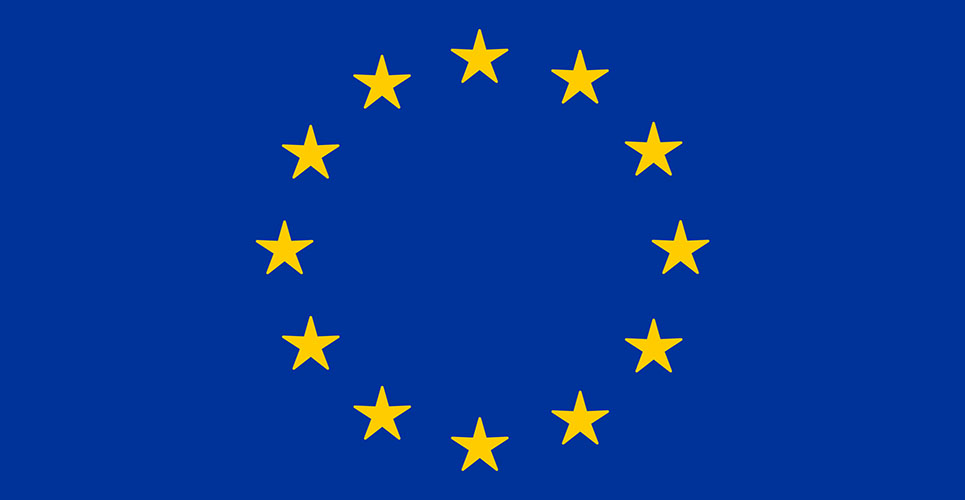teaser
Major proposals to change the way in which medical devices are regulated in Europe were outlined at the TOPRA Medical Devices Symposium in Rome last week.
The meeting was part of The Organisation for Professionals in Regulatory Affairs’ Annual Symposium, which was organised in conjunction with AIFA, the Italian Regulatory Agency.
The European Commission is considering a Europe-wide body to provide administrative, technical and scientific support, including an IT infrastructure, to oversee medical device regulation, according to Peter Bischoff-Everding, who is a legal office with the Commission in DG Health and Consumers, Unit B-2 Cosmetics and Medical Devices.
Currently, there are 80 notified bodies involved in assessing medical devices, each interpreting standards differently, so there is little conformity across member states, no overall picture of which devices are on the market and where – as well as the scope for medical device manufacturers to pick and choose where to obtain their CE mark.
The proposals under consideration by the Commission are driven by a desire to harmonise medical device assessments and raise quality standards across Europe to make the regulatory system much more transparent and improve traceability of devices on the market.
The suggestion is to have a Medical Devices Expert Group with experts drawn from member states.
This would provide a mechanism for harmonised interpretation and implementation of MD legislation; it would also provide uniform decisions for borderline products.
Under other proposed changes to the MD directives, companies developing medical devices would find themselves working in a way that is more familiar to pharma companies.
It is proposed that MD clinical investigations should now have a sponsor responsible for the product’s development and assessments for multinational clinical investigations should be coordinated.
The opportunity for companies to obtain early Scientific Advice would also be facilitated with access to a panel of clinical and scientific experts.
Safety surveillance of products on the market is also under discussion with plans to instigate ‘timely reactions to safety issues’ through a European network of reporting adverse incidents and a database to help track devices using unique device identification numbers for products.
It is clear that Europe is heading for a harmonised approach for regulating medical devices, but where would this proposed body fit? Bischoff-Everding did not see sufficient support for the new regulatory agency, but he could see it sitting in the EMA as a device section or within the Commission.
